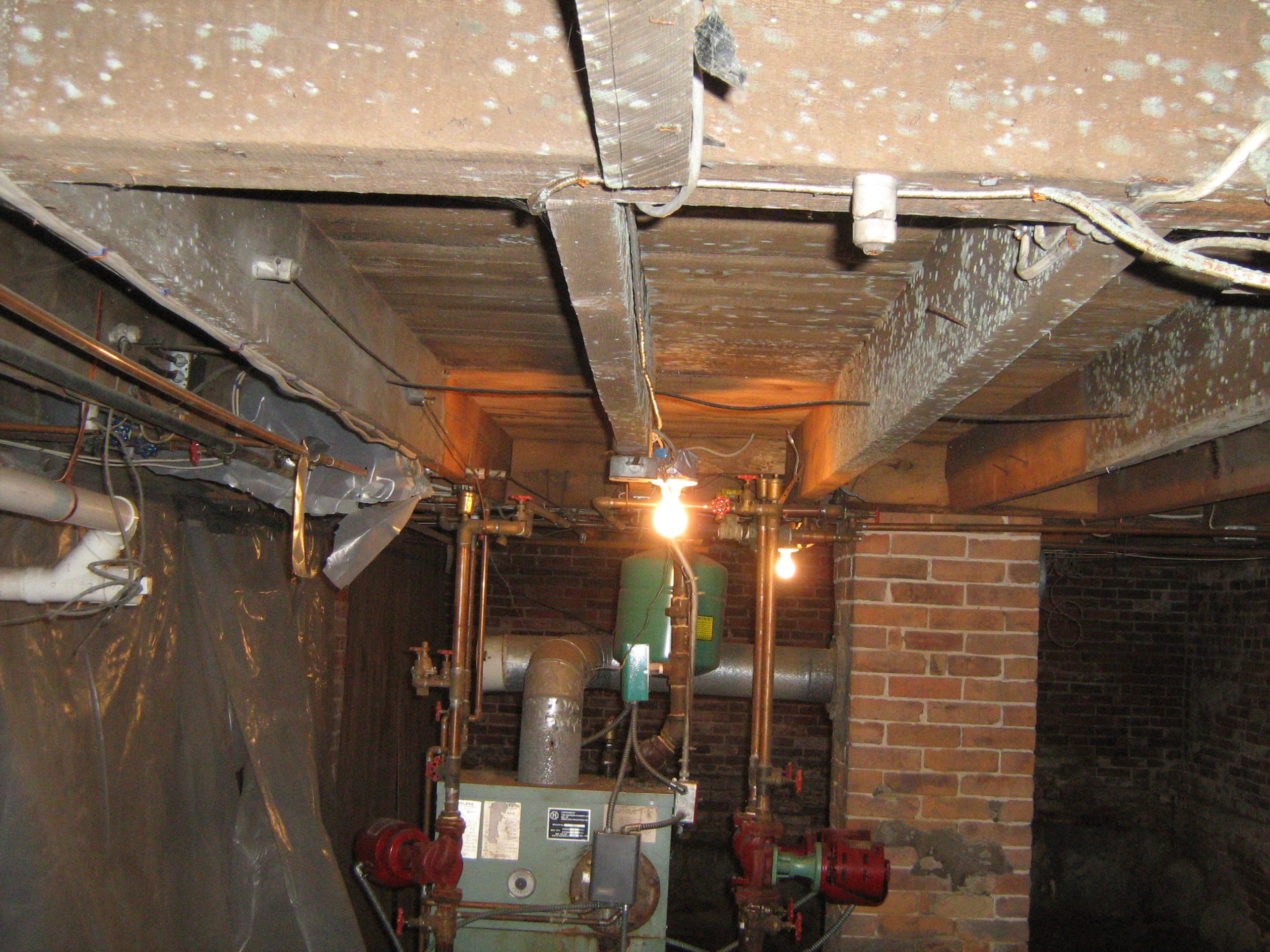If you suspect that you’re dealing with a toxic black mold problem, it’s imperative that you avoid the some common and costly mistakes.
1 – Ignoring Mold Health Symptoms – Be concerned about possible mold problems if one or more occupants is suffering from unexplained..
Be concerned about possible mold problems if one or more occupants is suffering from unexplained health problems such as an ongoing itchy eyes, bloody nose, sinus problems, headaches, nose congestion, runny nose, skin rashes, skin sores, coughing, breathing difficulties, difficulty in remembering things and in thinking clearly, feeling disconnected from the world around you, and/or chronic fatigue.
Please remember that some occupants may experience mold health symptoms, while others may have none, with all living or working in the same mold-infested area.
People differ significantly in their sensitivity to mold.
2 – Ignoring Mold Clues in the House – You contribute big-time to becoming a mold victim when you ignore roof leaks, plumbing leaks.
You contribute big-time to becoming a mold victim when you ignore roof leaks, plumbing leaks, sewer line leaks, water stains on ceilings, the indoor smell of mold, visible mold growth, high humidity [60% or more to drive mold growth from humidity alone], a wet or damp basement, and a wet crawl space.
3 – Assuming There Is No Mold Problem Because Of No Visible Mold Growth – The worst mold infestation problems are often the ones you cannot see..
The worst mold infestation problems are often the ones you cannot see inside floors, ceilings, walls, basement, attic, crawl space, and the heating/cooling equipment and ducts.
Airborne mold spores are invisible to the eye, very light, and are easily carried in air current movements or in the air flows of your heating/cooling system to mold cross-contaminate your entire house from just one hidden mold problem.
Use do-it-yourself mold test kit to mold test the air of your basement, attic, all rooms, and the outward air flow from each heating/cooling register for the possible presence of elevated levels of airborne mold spores, in comparison to an outdoor mold control test.
Use a hidden moisture meter to scan all walls and floors for hidden water problems. Use a fiber optics inspection device to check for mold growth inside wall, floor, and ceiling cavities.
4 – Assuming That A New Home Is Mold Free – Today’s new homes often come with built-in mold infestation problems because.
Today’s new homes often come with built-in mold infestation problems because:
(a) moldy building materials are received from the builder’s supplier—today’s timbers are not kiln-dried as in earlier times, and thus contain a high internal moisture content that makes mold growth possible in the timbers;
(b) the builder and its supervisors and employees fail to do quality control to inspect for, and, thus, prevent moldy building materials from being used in the home’s construction;
(c) the builder stores the inventory of building materials on the outside ground with no plastic sheeting to protect the building materials from rain [which thus supplies the necessary water to enable mold to grow in and on the materials];
(d) the construction crew fails to cover the entire home under construction with plastic sheeting at the end of each construction day to protect the building materials from rain [which thus supplies the necessary water to enable mold to grow in and on the materials]. The roof and side walls need to be protected against rain until the entire roof, siding, windows, and doors are totally installed to seal out rain;
(e) the builder fails to inspect and test the home for mold growth while it is being constructed and at the home’s completion;
(f) use of modern building materials like chip wafer boards, drywall (plasterboard), and plywood – all of which molds love to eat.
(g) failure to spray all wood-based construction materials on all surfaces with at least one spraying of the EPA-registered fungicide and at least one spraying of the EPA-registered Tim-bor wood protectant.
5 – Not Testing Your Home For Mold – To make sure your home is mold free, you need to test..
6 – Assuming That A Dried Wet Area Is Now Mold Safe – Mold needs moisture to grow and to multiply as its eats your home
Mold needs moisture to grow and to multiply as its eats your home building materials and personal possessions. This moisture can come from high indoor humidity, roof leaks, siding leaks, and plumbing leaks.
If mold spores and mold colony growth run out of moisture, they do NOT die. Instead, they become dormant, and can wait millions of years for access to high humidity or a future water intrusion.
Dormant mold can make mold-sensitive persons sick. Even the smell of dormant mold can make some people very sick.
7 – Using Chlorine Bleach To Kill Mold – Do not use ineffective chlorine bleach to try to kill mold growth
Do not use ineffective chlorine bleach to try to kill mold growth and mold spores.
Bleach is too weak even when freshly manufactured to kill mold.
Bleach that sits on store shelves and in your home continually gets ever weaker over the passage of time. In addition, read the manufacturer’s usage directions on the bleach container. The manufacturer does not recommend its use to kill mold. Bleach is NOT an EPA-registered fungicide.
If you want effective mold kill, use EPA-registered mold fungicide.
8 – Using Other Ineffective Products To Kill Mold – Regular paint, paint containing a mildicide element, any paint, Lysol, ammonia
Regular paint, paint containing a mildicide element, any paint, Lysol, ammonia, and other household cleaners and disinfectants. Painting over a mold problem does not solve it – it only hides the problem temporarily and gives the mold something delicious to eat – the paint itself.

